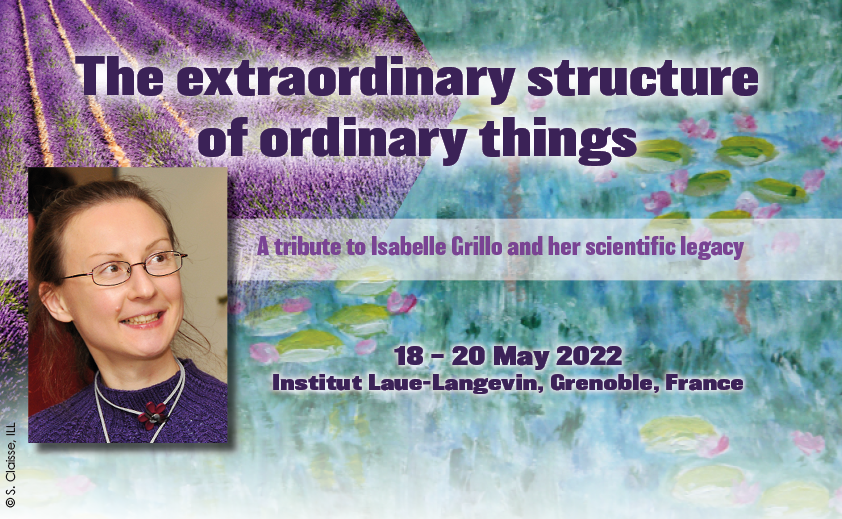Speaker
Description
Chitin, which is mainly found in arthropods such as insects and crustaceans, is the second most abundant biopolymer besides cellulose.[1] Although about 1000 billion tons of chitin are produced in the biosphere every year, it is barely used to produce high-value products due to its difficult processability.[2] One promising approach to obtain such high-value products is the use of chitin nanocrystals produced by hydrolysis. By imaging the prepared chitin nanocrystals with transmission electron microscopy (TEM) we were able to show that they exhibit a cylindrical shape. Complementary, the rotational and translational diffusion coefficients as well as diameter and length of the cylindrical chitin nanocrystals were determined by analyzing angle-dependent depolarized dynamic light scattering data.[3,4] We found, that the length and radius of the chitin nanocrystals decreases with increasing hydrolysis time. It was found that the values obtained from light scattering were systematically larger than those determined in the TEM. The hydrate shell and the possibility that the nanocrystals experienced already some agglomeration at the time of the light scattering experiments are potential reasons for the observed differences.
- M. Kostag, O. A. El Seoud, Carbohydrate Polymer Technologies and Applications 2021, 2, 100079.
- C. Schmitz, L. G. Auza, D. Koberidze, S. Rasche, R. Fischer, L. Bortesi, Marine drugs 2019, 17.
- Deborah Feller, Marius Otten, Marco Hildebrandt, Marcel Krusmann, Gary Bryant, Matthias Karg, Soft Matter, 2021, 17, 4019
- Reece Nixon-Luke and Gary Bryant, 2020, J. Phys.: Condens. Matter, 32, 115102.

